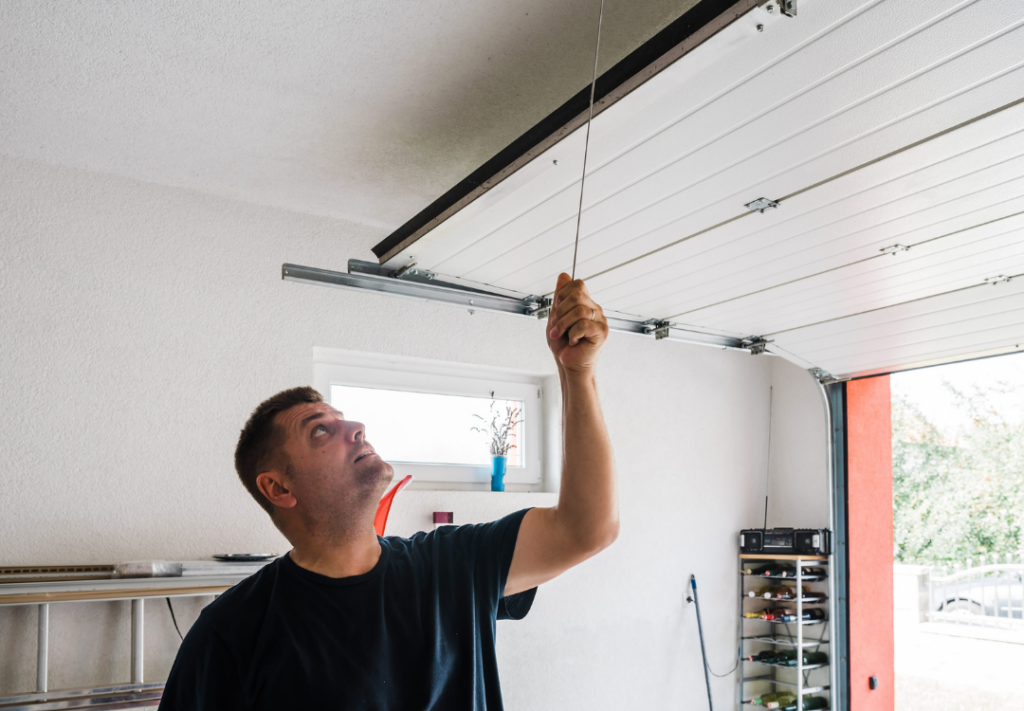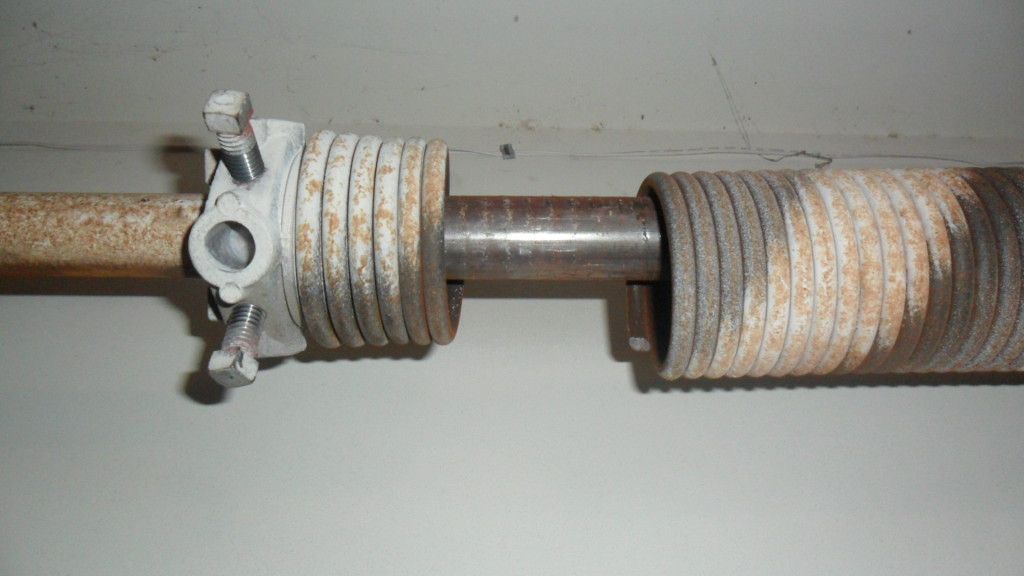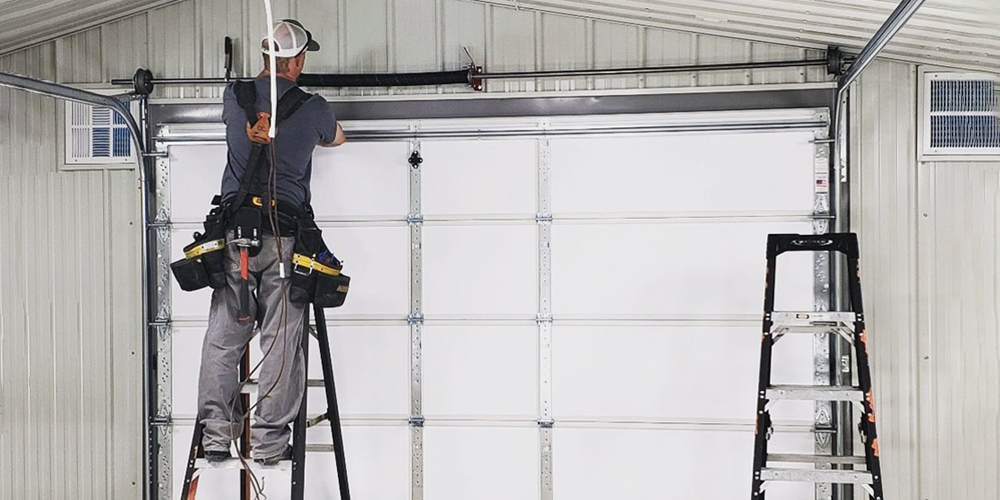Discover How to Fix a Stuck Garage Door: Quick Guide
Is your garage door refusing to budge? Don't panic. Many homeowners face this frustrating issue, but with the right knowledge, you can often solve the problem yourself. This guide will walk you through common reasons for a stuck garage door, how to troubleshoot the issue, and steps to get your door moving smoothly again. We'll also cover essential tools and crucial safety considerations to keep in mind as you work.

Understanding Garage Door Mechanisms
Before diving into fixes, it's important to understand how your garage door works. A typical garage door system consists of the door itself, tracks, springs, cables, and an electric opener. When functioning correctly, these components work together seamlessly. However, issues with any part can cause the entire system to fail, leaving you with a door that won't open or close properly.
Common Reasons Why a Garage Door Won't Open
Several factors can prevent your garage door from opening:
- Blocked sensors: These safety devices, usually located near the bottom of the door frame, prevent the door from closing on objects or people. If something obstructs these sensors, your door may refuse to open or close.
- Broken springs: These high-tension components counterbalance the door's weight, making it easier to lift. When a spring breaks, the door becomes too heavy to lift, either manually or with the opener. It's crucial to note that spring replacement should always be done by a professional due to the high risk of injury.
- Malfunctioning opener: If your opener is old or failing, it may not have enough power to lift the door. Similarly, a misadjusted sensitivity setting on the opener can cause issues. The opener might think the door is too heavy and refuse to lift it, even when there's no actual problem with the door's weight.
- Power supply issues: An unplugged power cord or a tripped circuit breaker can render your electric opener useless. Always check these basic power issues before assuming a more serious problem.
- Dead remote control batteries: If your door opens with the wall-mounted button but not the remote, try replacing the batteries before troubleshooting further.
- Misaligned tracks: The tracks need to be perfectly straight and parallel to allow smooth movement. Even a slight misalignment can cause significant problems.
- Obstacles in the tracks: Tiny obstacles like small rocks or debris in the tracks can prevent smooth operation. Regular cleaning and inspection of the tracks can prevent this issue.

Garage Door Troubleshooting Techniques
When your garage door won't open, start with a systematic troubleshooting approach.
- Check for physical obstacles: Look for any objects blocking the door's path or the safety sensors. Even small items can trigger the sensors and prevent operation.
- Examine the tracks: Run your hand along the tracks to feel for any dents or misalignments. If you find any issues, you may be able to gently bend minor dents back into place with a rubber mallet. However, significant damage will require professional repair.
- Test your remote control: Try to open the door from different distances. If it doesn't work, try the wall-mounted button. If the wall button works but the remote doesn't, you likely just need to replace the remote's batteries.
- Check the power supply: Ensure the opener is plugged in and the circuit breaker hasn't tripped. If power isn't the issue, the problem may lie with the opener itself. Listen for any unusual noises when you try to operate the door, as these can indicate motor problems.
- Check the emergency release handle: This red rope hanging from the opener trolley disconnects the door from the opener, allowing manual operation. If it's been accidentally pulled, the door won't respond to the opener.
Fixing a Garage Door Stuck Open
If your door is stuck in the open position, start by checking for obvious obstructions in the tracks or around the door. Clear away any debris you find. Next, try operating the door manually. Pull the emergency release cord to disconnect the door from the opener, then attempt to close the door by hand. If it moves easily, the problem is likely with the opener rather than the door itself.
Inspect the torsion springs above the door. If one is broken, you'll usually see a visible gap in the coiled spring. Never attempt to repair or replace springs yourself – this is a job for professionals due to the high tension involved.
Lubrication can often solve sticking issues. Apply a silicone-based lubricant to the rollers, hinges, and tracks. Avoid using WD-40, as it can attract dirt and gum up the works over time. After lubricating, try operating the door manually again to see if the movement has improved.
If manual operation is smooth but the opener still won't work, the issue may be with the opener's settings. Check the owner's manual for instructions on adjusting the open and close limits and the force settings. Incorrect settings can cause the opener to think the door is too heavy to lift.
Essential Tools for Garage Door Repair
While many garage door repairs require professional help, having a few key tools on hand can help you perform basic maintenance and troubleshooting:
- Sturdy ladder: Essential for inspecting and working on the upper parts of the door and tracks. Always prioritize safety when using a ladder, ensuring it's on stable ground and having someone spot you if possible.
- Socket wrench set: Useful for tightening loose bolts and adjusting roller brackets.
- Adjustable wrench: Handy for various tasks, including adjusting the tension on cables (though remember, never adjust the springs yourself).
- Silicone-based lubricant: Keep a can in your toolbox for regular maintenance. This will help keep your door's moving parts operating smoothly.
- Flashlight: Invaluable for inspecting dark corners and checking sensor alignment.
- Work gloves and safety glasses: Always wear work gloves when handling garage door components. Safety glasses are also a must to protect your eyes from debris or sudden spring or cable movements.

Safety Considerations When Working on Garage Doors
Safety should always be your top priority when dealing with garage doors. These systems involve heavy, moving parts and high-tension components that can cause serious injury if mishandled. Never attempt to repair or replace springs or cables yourself. These components are under extreme tension and can cause severe injury or even death if they snap.
Before beginning any work, always disconnect the opener from the power source. This prevents accidental activation while you're working. When using the emergency release to operate the door manually, be aware that the door may fall quickly if the spring is broken. Always be prepared to support the full weight of the door.
Regular maintenance is key to preventing many garage door issues. Perform a visual inspection of your door system monthly, looking for signs of wear, damage, or misalignment. Listen for unusual noises during operation, as these can indicate developing problems.
Test your door's safety features regularly. The auto-reverse mechanism should activate when the door contacts an object while closing. You can test this by placing a piece of wood on the ground in the door's path. If the door doesn't reverse upon contact, it needs immediate adjustment.
Conclusion: When to Call a Professional
While many garage door issues can be resolved with basic troubleshooting and maintenance, some problems require professional expertise. If you're uncomfortable with any repair task, if the door is severely damaged, or if you suspect issues with springs or cables, it's time to call a professional garage door technician.
Remember, a properly functioning garage door is not just a convenience – it's an important aspect of your home's security and safety. Regular maintenance and prompt attention to issues will keep your garage door operating smoothly for years to come.
By understanding the basics of garage door operation and knowing when to seek professional help, you can ensure your garage door remains a reliable part of your home.

